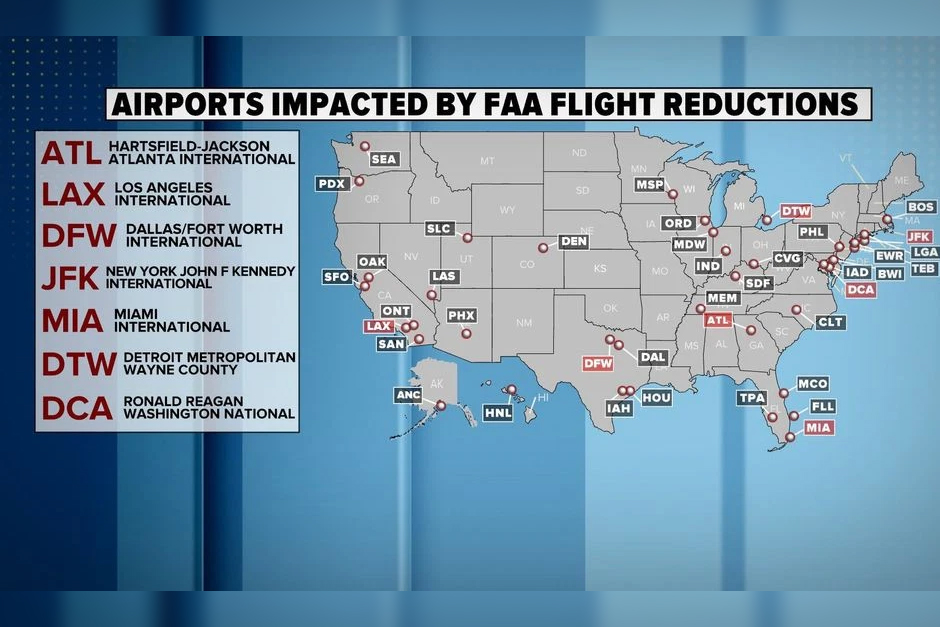The skies above us are bustling, and anyone who has traveled recently knows the frustration of delays, cancellations, and the sheer unpredictability that can plague modern air travel. In a significant move aimed at bringing stability back to the system, the Federal Aviation Administration (FAA) has announced a decision to reduce the number of scheduled flights by 10% at 40 major airports across the nation. This isn’t just a minor tweak; it’s a strategic intervention with broad implications for airlines, airports, and, most importantly, the millions of travelers who rely on punctual and predictable service.
Why the Skies are Being Thinned
At the heart of the FAA’s decision lies a complex interplay of factors, primarily centering on the capacity of our air traffic control (ATC) system. Years of understaffing, particularly in critical sectors like the busy New York airspace, have created bottlenecks that ripple across the entire country. When the system is operating at maximum capacity, even minor disruptions – be it a thunderstorm, a mechanical issue, or a staffing shortage – can lead to cascading delays and cancellations.
The FAA’s goal is not to punish airlines or travelers, but to create a more resilient and efficient air travel network. By cutting back on the sheer volume of flights, especially during peak times and in congested airspaces, the hope is to ease the burden on air traffic controllers, reduce ground holding times, and ultimately improve the on-time performance of the flights that remain. This proactive measure aims to prevent the chaotic summers and holiday periods that have become all too common, offering a breath of fresh air to both the controllers guiding the planes and the passengers inside them.
What This Means for Travelers
For passengers, this decision presents a mixed bag of challenges and potential benefits. On one hand, fewer flights naturally mean fewer options. Travelers might find direct routes less frequent, or they may need to book further in advance to secure preferred times. There’s also the possibility of increased airfares on popular routes due to the basic economic principle of reduced supply meeting consistent demand. However, the potential upside is significant: more reliable travel experiences.
Imagine fewer last-minute cancellations, shorter delays on the tarmac, and a smoother journey from check-in to arrival. “While fewer flight options might sting initially, ensuring our air traffic controllers aren’t stretched to breaking point is crucial for safety and reliability,” explains aviation analyst Sarah Chen. “This move, if successful, could mean that the flights you do book are far more likely to leave and arrive on time.” Passengers will need to adapt by planning further ahead, being more flexible with their travel dates and times, and considering alternative airports if possible. The emphasis shifts from finding the cheapest flight to finding the most dependable one.
Navigating the New Normal
The FAA’s decision is a clear signal that the era of maximizing flight volume at all costs is giving way to a focus on operational stability and passenger experience. This isn’t just a temporary fix; it’s an acknowledgment of systemic issues that require comprehensive solutions, including significant investment in air traffic control training, technology upgrades, and infrastructure improvements. Airlines, in turn, will need to be agile, adjusting their schedules and strategies to optimize their routes within the new framework.
Ultimately, while the initial adjustment period might bring some inconvenience, the hope is that these cuts will pave the way for a more predictable, less stressful, and ultimately more enjoyable air travel experience for everyone. It’s a trade-off that prioritizes consistency and safety over sheer volume, reflecting a collective desire for smoother skies ahead.




